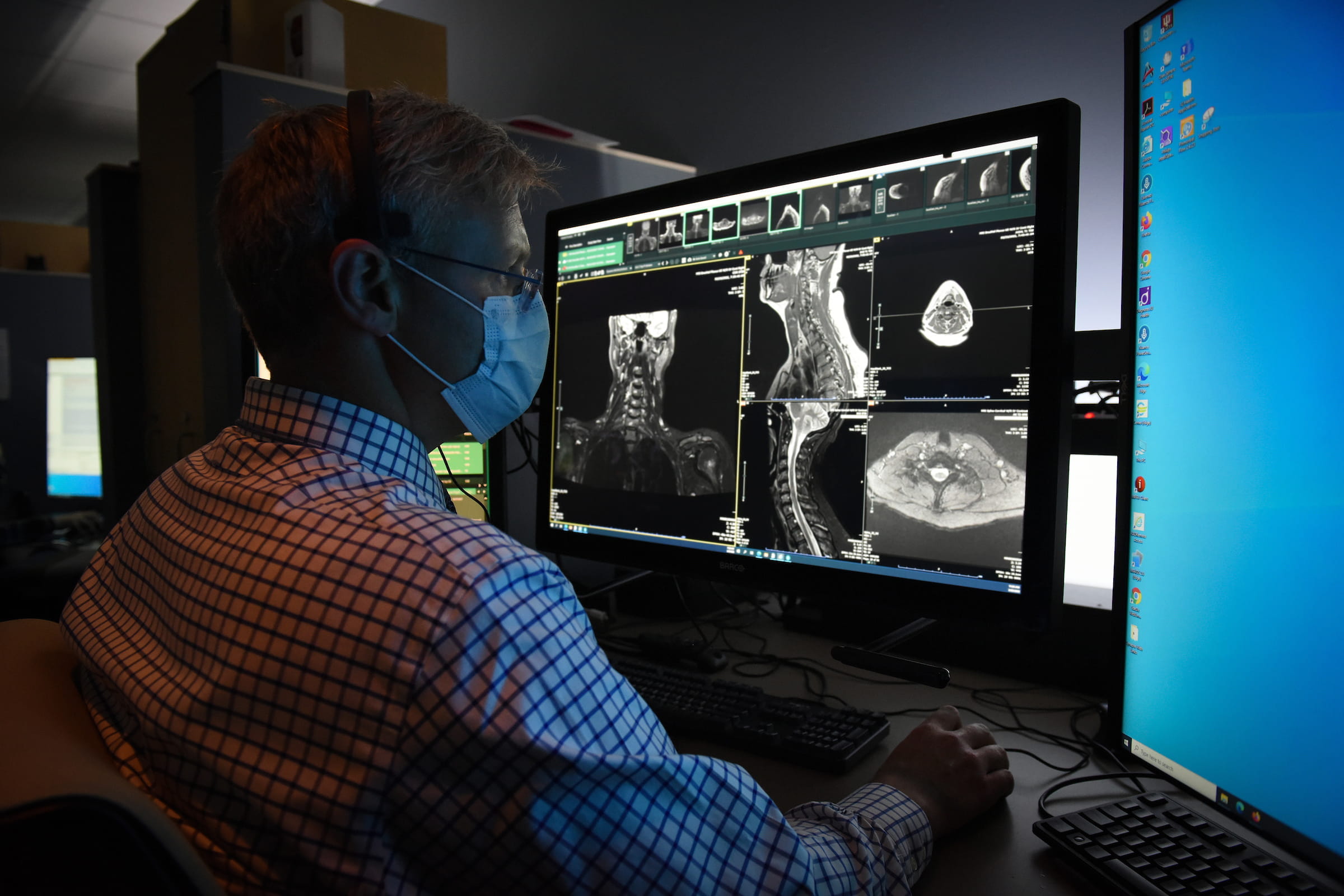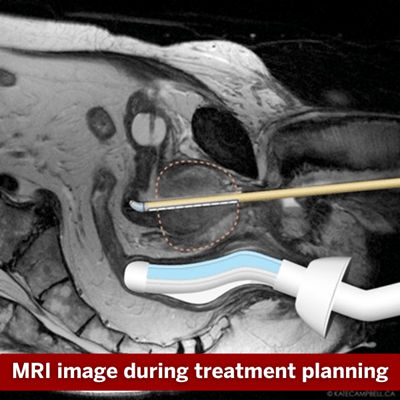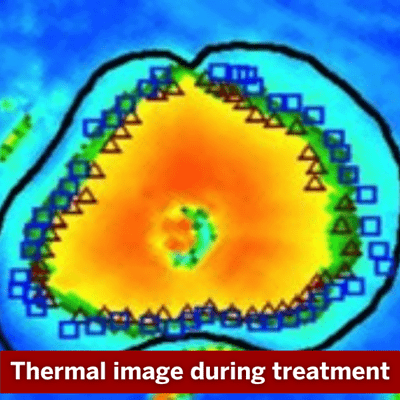At the downtown Academic Health Center, which encompasses IU Health University Hospital, IU Health Methodist Hospital and Riley Children's Hospital, the Department of Radiology and Imaging Sciences offers treatments that may not be found elsewhere in the state of Indiana.
For example, the newest radionuclide therapy for the treatment of metastatic prostate cancer, 177Lu-PSMA, also known as Pluvicto™, is now offered at University Hospital. The department also performs other peptide receptor radionuclide therapies (PRRT) in patients with thyroid cancer (131-Iodine) and metastatic neuroendocrine tumors (177Lu-DOTATATE, Lutathera™). Offering these treatments gives patients more options in their fight against cancer.
In addition, patients may have the opportunity to participate in clinical trials and other research studies.



